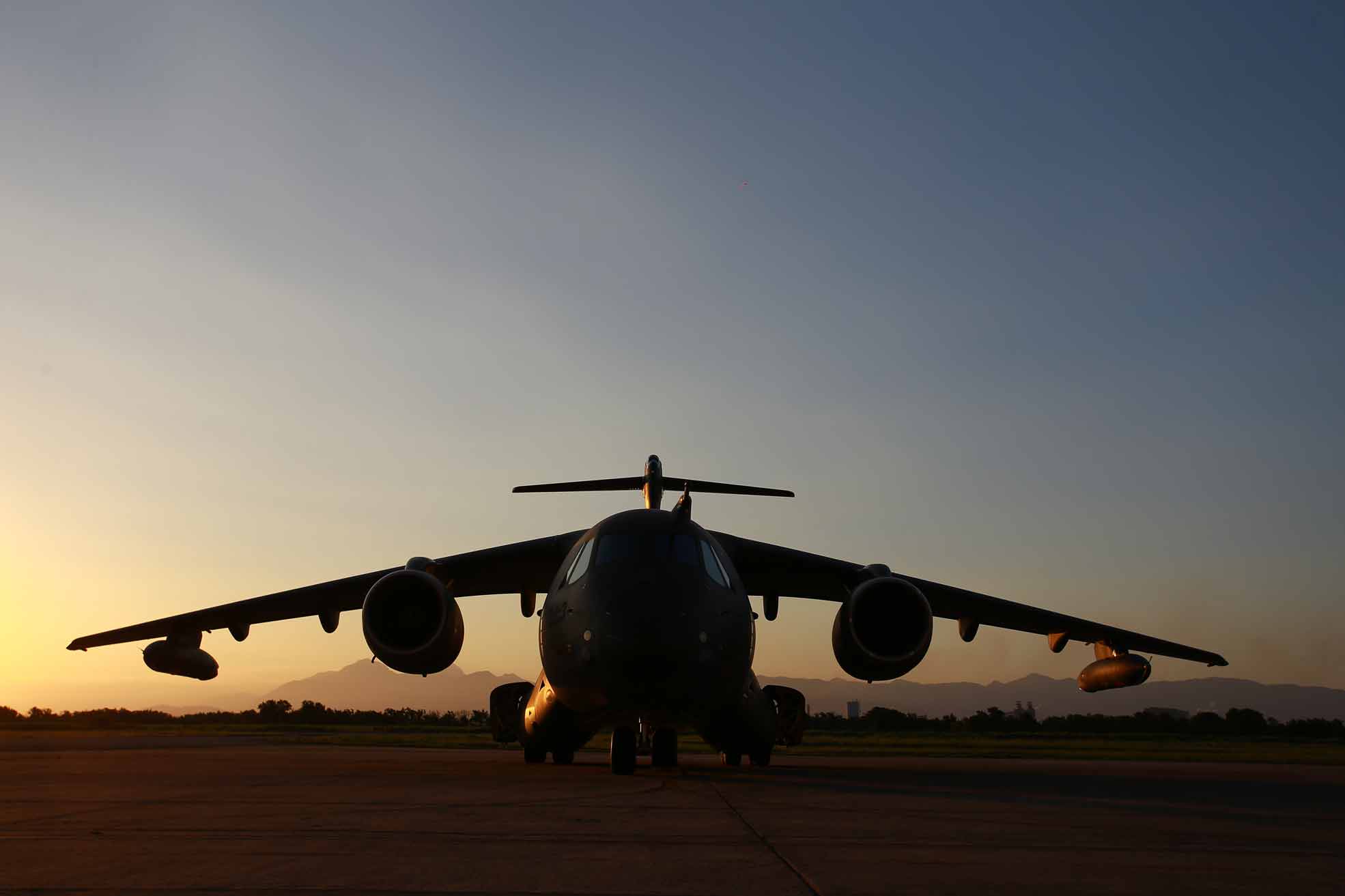Interview: José Gustavo, Embraer Defense & Security
Embraer Defense & Security talks about the reasons behind the C-390 Millennium's success in the global military transport market.
Jack Richardson
11 February 2024

José Gustavo, vice president of sales and business development for Europe and Africa at Embraer Defense & Security sat down with Defence Procurement International to discuss its successes in the international defence and security market, including the rise of the company’s C-390 Millennium aircraft in the military transport aircraft market. We started by asking Gustavo about his role in Embraer?
Gustavo: My role is to support our customers in Europe and Africa and help them accomplish their operational missions most effectively and efficiently. Our main customers are governmental entities like Ministries of Defence, Ministries of Interior and armed forces. For that we count on our portfolio which consists of defence aircraft like the C-390 Millennium, A-29 Super Tucano, and commercial and executive aircraft customised for specific missions like maritime patrol, airborne early warning, VVIP transport, flight inspection services and, last but not least, our radars and sensors that are used for air, ground and maritime surveillance.During this period, I actively participated in projects developing the A-29 (A-29N) NATO configuration and helping to create additional capabilities for the C-390.
DPI: Could you give us a short history of the C-390 Millennium?
Gustavo: The Embraer C-390 Millennium project began in the mid-2000s with studies to replace the ageing medium military transport aircraft fleet of the Brazilian Air Force (FAB) and to meet future global demands of this aircraft type. In 2009, Embraer and FAB signed the contract for development of the aircraft, which included building two prototypes and implementing all manufacturing processes and infrastructure for series production. The first prototype performed its maiden flight in February 2015. About four years later, in September 2019, the first aircraft was delivered to FAB, and at the Paris Air Show in the same year, the name C-390 Millennium was announced for the global market.
Since delivery to the FAB, the C-390 Millennium has been tested in extreme climatic conditions ranging from hot and high natural surface operations to airland and airdrop missions to a research station in Antarctica. In addition to the six aircraft delivered to the Brazilian Air Force, the first KC-390 from the Portuguese Air Force has already entered into service. And five other countries selected the aircraft: Hungary, the Netherlands, Austria, the Czech Republic, and South Korea.

DPI: The aircraft has recently been ordered by South Korea. What do you think is behind its decision to order the C-390?
Gustavo: The C-390 Millennium is the fastest and most modern military tactical transport aircraft available in the market and South Korea recognised its value and adequacy for its operational missions. Certainly, the fact that it can perform a wide range of missions such as transporting and dropping cargo and troops, medical evacuation, search and rescue, firefighting, and humanitarian missions, operating on temporary or unpaved runways such as packed earth, soil, and gravel played a role in this detailed evaluation. Then, the fact that the C-390 demonstrated its ability to sustain an operational availability of 80% with a 30% lower lifecycle cost (when compared with its most direct competition) was also very important to South Korea.
DPI: What are the most important elements of the C-390's avionics?
Gustavo: The C-390’s avionics address the latest market requirements like its full compliance with future civil ATM/CNS requirements. The C-390 meets the most demanding NATO standards for coalition operations. Military mission systems are all fully integrated and include secure voice and data; tactical data links; a self-protection system (IR and radar threats); ballistic protection (including OBIGGS); night vision systems; a tactical eScan radar; and an EO/IR sensor pod, which can be used for SAR, ISR and targeting functions.
The C-390 also has a full fly-by-wire system including active side sticks, the most capable flight control system in the segment, which not only enhances performance, but it also improves flight safety and mission effectiveness. For example, in the air drop role the Continuous Computational Drop Point (CCDP) software is fully integrated into the avionics system and this in combination with the cargo handling system, navigation system and the fly-by-wire enables precise delivery of unguided air drop loads. The key point is that the C-390 is interoperable in both civil and military networked data-centric environments.
DPI: How do the aircraft’s modular capabilities future-proof it for new customers and operations?
Gustavo: The C-390 is redefining military airlift and challenging the thinking behind current and future generation platforms. The initial C-390 design concept incorporated multi-mission capability and interoperability. This fact allows it to accomplish several missions with the same baseline aircraft and to change between configurations very quickly, even at a Forward Operating Base. In practical terms, a C-390 can perform a medical evacuation mission in the morning, an air-to-air refueling mission in the afternoon and a Special Operations forces or Paratroopers operation in the evening.